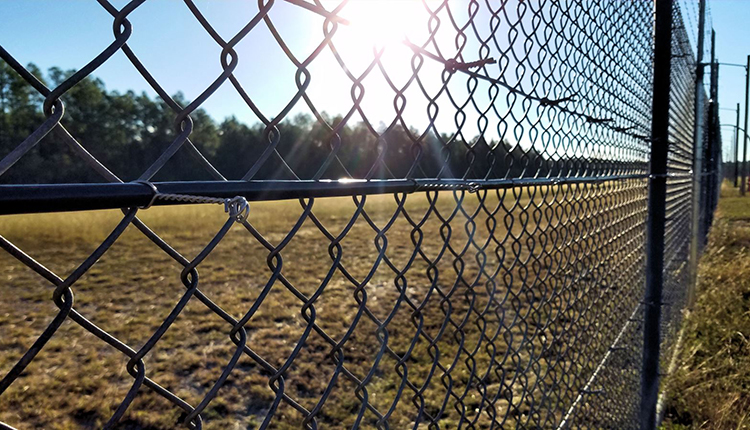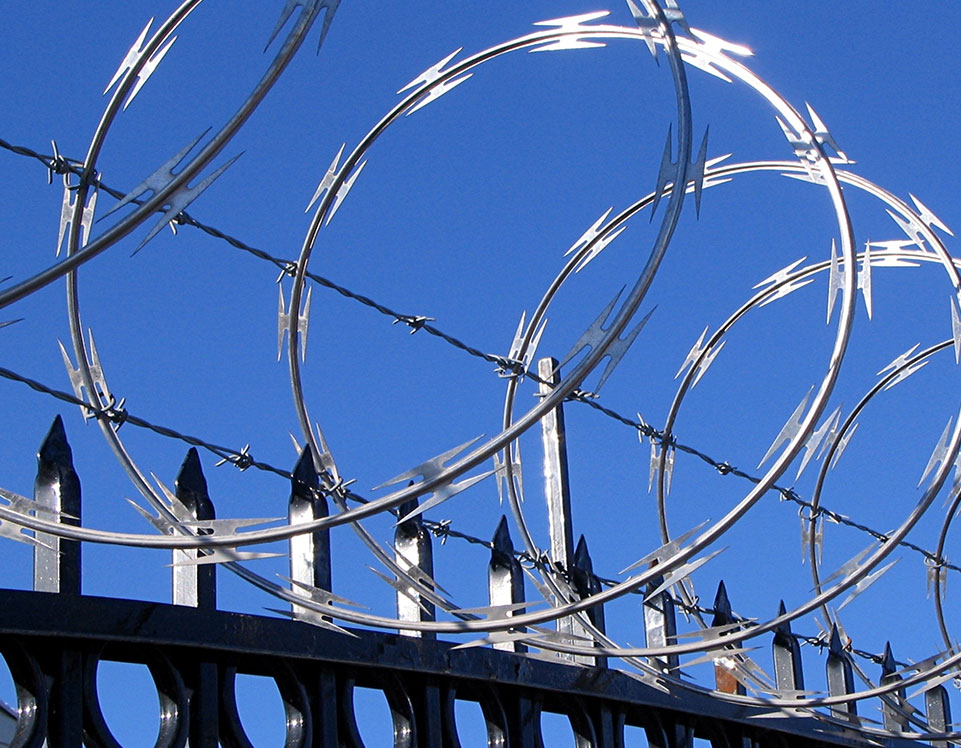Exploring the Benefits of Security Fibers for High-Tech Monitoring and Protection
Exploring the Benefits of Security Fibers for High-Tech Monitoring and Protection
Blog Article
Boost Your Security With Advanced Fiber Optic Protection Equipments
In an age where protection is paramount, advanced fiber optic safety systems offer a compelling solution for boosting safety across different environments. What ramifications do these developments hold for future protection steps?
Advantages of Fiber Optic Protection
Utilizing the benefits of fiber optic innovation considerably improves protection systems across numerous applications. Among the primary advantages is the boosted bandwidth capacity, enabling for the transmission of huge amounts of data at high speeds. This is particularly crucial for real-time video surveillance, where high-resolution feeds can be sent out without latency, ensuring prompt feedback capacities.
Furthermore, fiber optics exhibit remarkable resistance to electro-magnetic interference, which is essential in settings with potential signal disruptions. This reliability ensures constant performance in vital safety procedures. Fiber optic cords are much less susceptible to touching and unauthorized access compared to conventional copper wiring, consequently improving data integrity and confidentiality.
One more remarkable advantage is the sturdiness of fiber optic systems; they are a lot more resistant to environmental variables such as wetness, temperature changes, and destructive compounds. This strength translates to lower maintenance costs and longer lifespans for safety and security setups.
Finally, the lightweight nature of fiber optic cables promotes easier setup and transmitting, specifically in intricate infrastructures (fiber optic security system). Ultimately, the integration of fiber optic modern technology into safety systems not only bolsters defense measures however also enhances functional effectiveness
Trick Features to Consider
When assessing fiber optic protection systems, a number of crucial attributes have to be thought about to ensure optimal performance and performance. Assess the system's detection variety and level of sensitivity; a considerable array enables for keeping track of large locations, while high sensitivity makes certain that even small disturbances are spotted without delay.
Next, consider the assimilation abilities of the system. A fiber optic safety and security system should seamlessly user interface with existing protection measures such as cameras and alarms, creating a cohesive safety network.
Longevity and ecological resistance are also vital features. Guarantee that the system is made to withstand extreme climate condition and potential physical dangers, as this will certainly lengthen its operational life-span.

Lastly, check into the scalability of the system. A robust fiber optic safety and security system need to be easily expanding to suit future needs without considerable overhauls. By thoroughly taking into consideration these attributes, you can select a fiber optic safety remedy that boosts security and safety and security in your environment.
Setup Process Review
To efficiently execute a fiber optic protection system, a systematic installation procedure is vital. This process starts with an extensive site assessment to establish the particular safety requirements and to recognize optimum places for fiber optic cords and security gadgets. Following this assessment, the installment group will develop an in-depth plan, including cable television pathways, necessary devices, and conformity with regional guidelines.
Next, the setup entails laying the fiber optic cables, ensuring they are protected from ecological aspects and physical damage. Appropriate handling techniques are important, as fiber optic cable televisions are delicate and can be quickly harmed. After the cabling is mounted, ports and terminations are diligently finished to guarantee signal integrity.
The subsequent stage consists of setting up protection gadgets such as electronic cameras, movement detectors, and security system, all incorporated with the fiber optic network. Extensive testing is performed to verify that all components are functioning correctly and to ensure optimal efficiency.

Comparing Fiber Optic to Typical Solutions
The evolution of safety modern technology has actually led to substantial innovations in the comparison between fiber optic systems and typical copper-based systems. Fiber optic systems utilize light to transfer information, supplying exceptional data transfer and rate compared to their copper equivalents. This leads to enhanced data transmission capacities, making fiber optics perfect for high-resolution video clip surveillance and real-time tracking.
In addition, fiber optic cable televisions are immune to electromagnetic interference, lowering the probability of signal deterioration brought on by outside factors. This characteristic guarantees site regular performance, even in difficult settings. On the other hand, conventional copper systems are a lot more at risk to interference, resulting in possible susceptabilities in security applications.
Longevity is one more benefit of fiber optic systems. They are much less prone to harm from environmental variables such as dampness and temperature level fluctuations, which can compromise copper circuitry. Moreover, optical fiber are lighter and thinner, enabling simpler setup and minimized physical footprint.
However, standard systems tend to have reduced preliminary expenses, making them appealing for budget-conscious jobs. While fiber optic systems may require a higher ahead of time investment, their long-term benefits-- such as reduced maintenance costs and greater more dependability-- commonly exceed the preliminary expense, placing them as a superior option for modern safety requirements.
Future Patterns in Protection Innovation
Emerging patterns in protection technology are positioned to change the landscape of security and hazard detection - fiber optic visit the website security system. As companies progressively deal with innovative risks, technologies such as artificial intelligence (AI) and artificial intelligence (ML) are coming to be integral to safety and security systems. These technologies enhance the ability of fiber optic systems by allowing real-time data analysis, identifying anomalies, and automating actions to potential breaches
In addition, the integration of the Internet of Things (IoT) is reinventing safety structures. IoT devices can offer extensive situational awareness and facilitate smooth interaction between various safety parts. This interconnectedness allows for extra effective surveillance and faster occurrence feedback times.
Biometric verification is likewise getting energy, offering a higher degree of safety through special physical qualities. As this technology progresses, it is likely to be integrated into fiber optic systems for enhanced access control.
Verdict
In verdict, advanced fiber optic safety and security systems stand for a substantial innovation in security and security modern technology. The change from conventional systems to fiber optic options mirrors a growing pattern in the direction of extra efficient and reliable protection measures in a progressively complex technical landscape.
Report this page